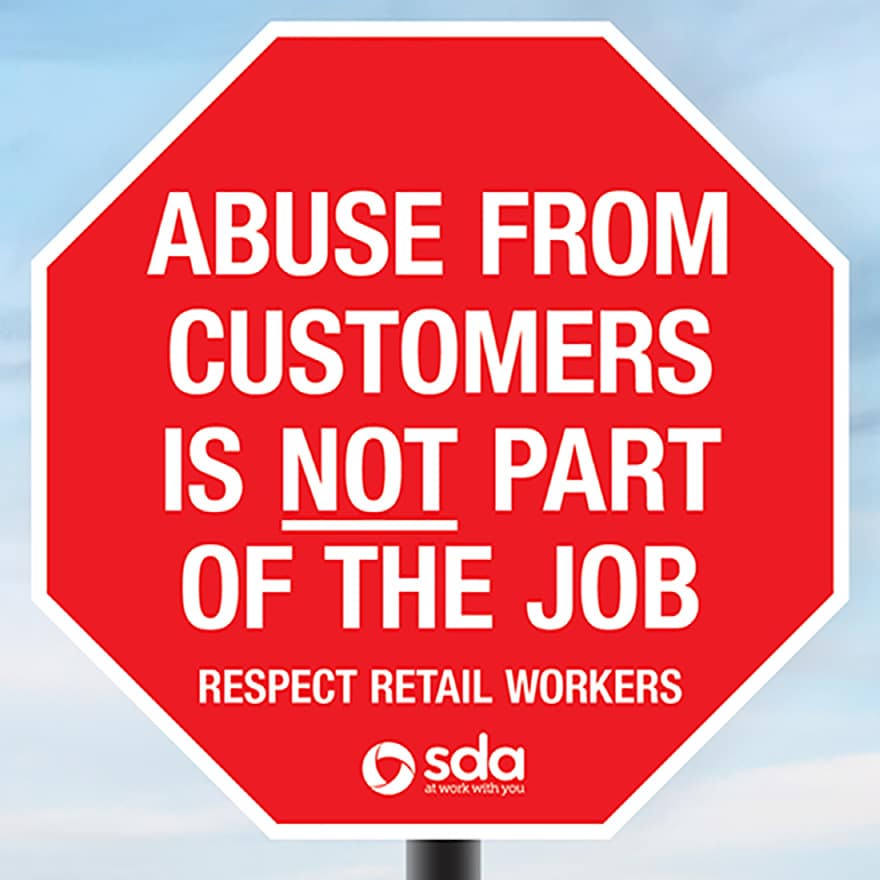
Are DTC Companies Risking It All For Killer Customers?
Let’s face it, customers have done a great job of redesigning the eCommerce industry through excessive demands and high expectations. However, what happens when these demands cut into profit, putting your company at risk? There’s a fine line between loyal and killer customers. In this 3-part series, we reveal the top 3 ways killer customers attack your profit, along with methods you can use to identify and avoid these scenarios.
Part 1. Return Abuse (This Article)
Part 2. Shipping Scams and How to Prevent Them
Part 3. The Difference Between Friendly Fraud and Chargeback Fraud
The Killer Customer
Whoever said the “customer is always right” certainly never encountered an abusive customer. Killer customers are more than unprofitable customers, they continuously drain money from your organization. Since a great customer experience is high priority, many merchants find it difficult to maintain positive rapport with the bulk of their customers while keeping killer customers at bay.
Return policies are meant to protect a company’s reputation and give them competitive advantages. However, in the hands of killer customers, returns can be the number one profit killer. The average return passes through 7 people before listed for resale, devaluing the item. After factoring in time and costs of shipping, processing, evaluating, and restocking returned items, only a handful of these items can be resold at full price, and many will be sold at a loss. Over time serial returners cause your bottom line to suffer, but modern merchants have options.
While you work hard to safeguard your store this holiday season, consider amending your return policy to combat the 4 most common abuse tactics your killer customers use against you.
1. Wardrobing

Shoppers often purchase items they intend to use or wear only once before returning. This process is known as wardrobing and is most common with fashion merchandise. Today, wardrobing is a massive problem for retailers and online merchants alike, accounting for over 7.6 billion dollars in losses in 2017.
40% of retailers have seen an increase in “intentional returns” over the past year. This is proving to be an incredibly expensive burden for retailers to take on – particularly when almost half of the retailers are already seeing their margins being severely impacted by the cost of handling and packaging returns.
-Scott Hill, VP of Product, Brightpearl
Preventing Wardrobing
When implementing a solution, merchants must think of a cost-effective approach that doesn’t negatively impact honest shoppers. Implementing the Shark Tag is popular new approach retailers are taking. The Shark Tag is a one-time at-home removable tag attached to garments. By placing tags in visible areas, the idea of wardrobing becomes less attractive to customers. Once the tag is removed, items become non-returnable and non-refundable.
2. Fitting Rooming

As you know by now, customers expect brick and mortar stores to mirror the same shopping simplicity they experience online. The reverse is apparently also true, with some killer customers bringing the “fitting room” home with them. This process is called “Fitting Rooming” and in these cases, customers order the same item in different sizes and colors to try on at home. Once they are satisfied with their item of choice, all the unwanted items are returned. Online stores that offer free returns are key targets for this kind of abuse.
Preventing ‘Fitting-Rooming’
Solving the issue involves a more creative approach that can increase brand loyalty and invite new customers. Retailers can adopt a “Try before you buy” service to allow customers to test out items they’re interested in before being charged (normally between 7-30 days). Subscription boxes also follow a similar approach, allowing customers to pay monthly to sample specific products before purchasing. These strategies help merchants keep track of specific items they expect to be returned, lowering the costs associated with unpredictable ‘Fitting-Roomers.’
By the end of 2019, A quarter of all retailers are expected to incorporate a “try before you buy service.” This practice allowed companies like Stitch Fix to see a 25% increase in net revenue over a year. Customers are more likely to opt into “pay later” options with confidence, knowing there’s a hassle-free return involved. Best of all, you’ll see an increase in conversion rates.
3. Counterfeit Returning

We recently warned eCommerce companies about cybercriminals getting creative with their hacking tactics. If you gave the article a read, you may not be surprised to learn killer customers are getting just as creative. Thieves a re now using high-quality scanners and printers to make counterfeit receipts and return merchandise they’ve previously stolen from stores. Also, customers are taking extreme measures to use fraudulent credit cards when making online purchases to return items in stores in exchange for money or store credit.
Companies like Nordstrom built brand loyalty based on their legendary “free to return everything” policy. This policy allows customers to return items without a receipt regardless of when (or if) the purchase was made. Abusing this policy can severely damage sales, gross margins, profitability, and most of all, make inventory management a nightmare.
Preventing Counterfeit Returning
To eliminate counterfeit returns, it’s always a good practice to require receipts. Take it a step further to implement a 30-day limitation on returns and/or restrict popular items and high-volume orders from being returned. These minor tweaks will turn away customers who seek to return stolen merchandise and can also keep away Fitting-Roomers. Lastly, utilize an ERP or platform, tracks repetitive returns by requesting proof of identification. This process makes it easy to cross-reference sales and get alerts when a customer excessively returns items. Once you know who your killer customers are, you can ban them (or at least take them off your email lists).
4.Customer Service Abuse

Offering lenient return policies, providing 24/7 accessibility, and creating engaging content reflect excellent customer service, but there’s a limit. These practices subject retailers to vulnerabilities as abusive customers take advantage. Identifying and dealing with these customers becomes difficult and, in some cases, an expensive task to take on. Customer representatives spend hours handling disorderly phone calls and receiving verbal assaults. This manipulative tactic is used to further gain refunds and discounts from merchants.
Beyond assaulting your customer representative, your reputation is next in line. If customers don’t receive the shopping experience they feel they deserve, they will switch to you competitorwhile dragging your reputation through the mud. Social media is easily accessible for killer customers to provide negative feedback about their experiences with your brand, and can spread like wildfire. Upsetting the wrong customer with the right amount of influence can become a PR nightmare. If your brand has a bad reputation, 90 % of customers won’t shop with you.
Preventing Customer Service Abuse
After implementing the previously mentioned solutions. Invest in training for your customer representatives. Focus on equipping them with the knowledge to properly manage abusive customers using proper escalation procedures. Lastly, closely monitor all social platforms to stay on top of negative comments, and have policies that clearly outline how and when your reps are allowed to pass on benefits and freebies to customers. You can also use Instagram’s “hide offensive comments” feature to automatically filter out offensive comments and block users on the platform.
Final Thoughts
Analysts predict that online and offline return fraud will cost companies $550 billion by 2020 and $3.5 billion during the holiday season. While the goal is to satisfy your customer and keep them coming back for more, be sure to protect your business in the process. However, as we pointed out above, serial returners and abusive customers can have a similarly devastating affect on your business. If you don’t have much info on your killer customers, now may be the time to rethink your priorities, especially as the post-holiday returns season looms.
Subscribe to our newsletter to get the next article in this series delivered right to your inbox!
Recent Comments